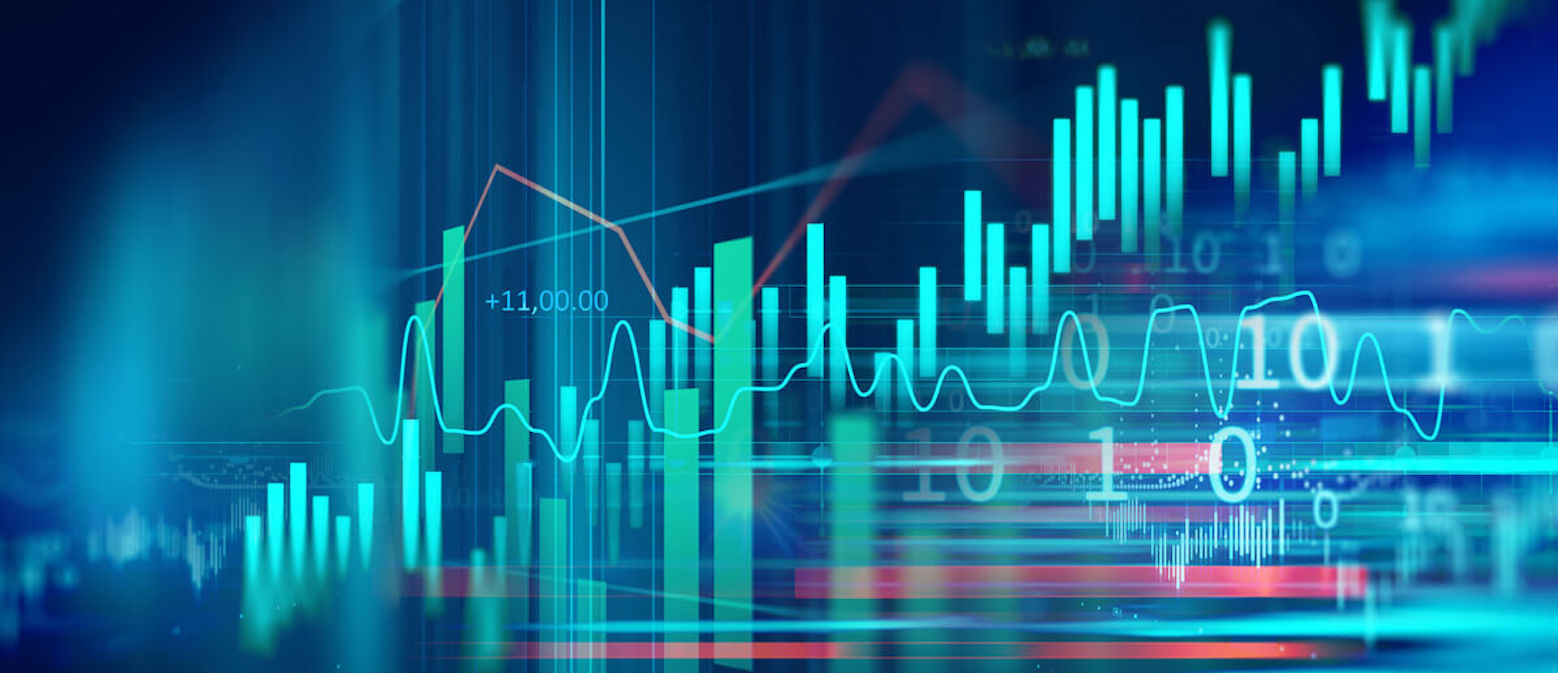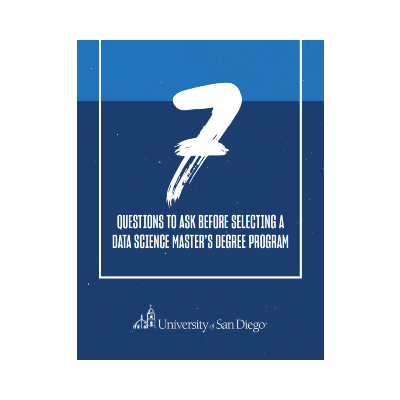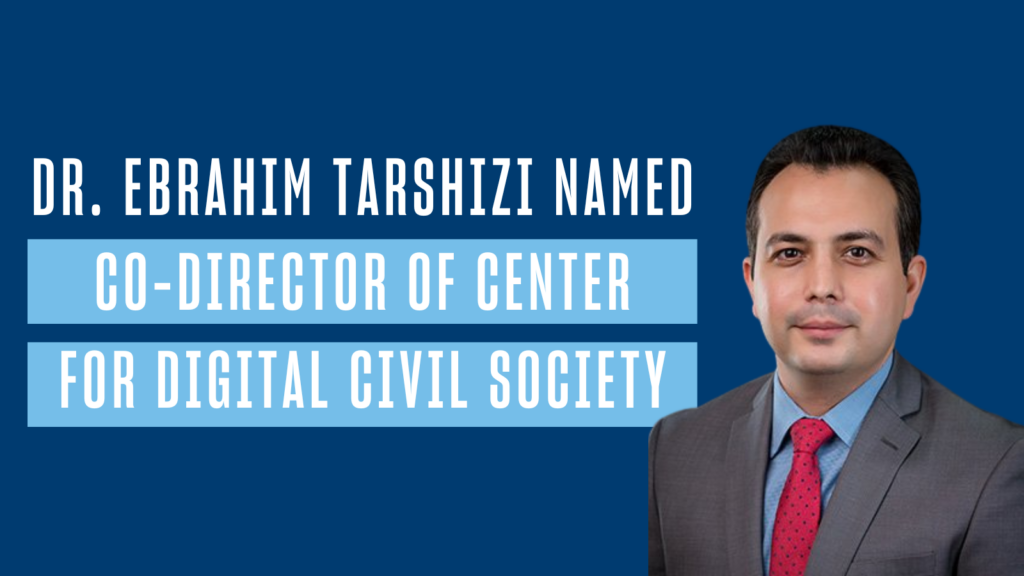We are in the era of Big Data. Financial publications are writing about the “data economy.” Data science is one of the fastest-growing fields in the business world. And data analytics is at the center of it all.
The chief differences? Data analytics is primarily focused on answering questions based on analysis of existing datasets, whereas data science encompasses a far broader scope; data scientists explore vast volumes of structured and unstructured data to uncover valuable insights for their organizations.
“Companies have historically managed assets such as property, plants, equipment, inventory, cash, and intellectual property. In today’s digital world, a new type of asset is emerging – data,” according to an IBM report on the data economy. “Data is becoming a key measure of whether a company will remain relevant through the digital revolution.”
Forbes reports that 59% of enterprises now use data analytics in some capacity, thanks in part to a long list of potential benefits. According to Tech Target, these include:
- Increasing revenues
- Improving operational efficiency
- Optimizing marketing campaigns and customer service efforts
- Responding more quickly to emerging market trends
- Gaining a competitive edge over rivals
- And ultimately boosting business performance
Additionally, the growing use of data science and data analytics in business has created exciting career prospects for computer science professionals and others who have experience or aptitude for discovering business insights in large sets of data. Read on for a closer look at the field of data analytics, including:
- Definitions
- How it works
- Different types of data analytics
- Data analytics tools and techniques
- Applications of Data Analytics
- Salary and career outlook
What is Data Analytics?
| Data Science – Definitions | |
| Informatica | “Data analytics is the pursuit of extracting meaning from raw data using specialized computer systems. These systems transform, organize, and model the data to draw conclusions and identify patterns.” |
| Investopedia | “Data analytics is the science of analyzing raw data in order to make conclusions about that information, [often using] techniques and processes of data analytics that have been automated into mechanical processes and algorithms. … Data analytics techniques can reveal trends and metrics that would otherwise be lost in the mass of information. This information can then be used to optimize processes to increase the overall efficiency of a business or system.” |
| TechTarget | “Data analytics (DA) is the process of examining data sets in order to find trends and draw conclusions about the information they contain. Increasingly, data analytics is done with the aid of specialized systems and software. Data analytics technologies and techniques are widely used in commercial industries to enable organizations to make more-informed business decisions. Scientists and researchers also use analytics tools to verify or disprove scientific models, theories and hypotheses.” |
| CareerFoundry | “Data analytics is the process of analyzing raw data in order to draw out meaningful, actionable insights. These insights are then used to inform and drive smart business decisions.” |
The Importance of Data Analytics
Businesses that use data analytics as part of their decision-making and overall business intelligence strategy are reaping benefits that their non-data-driven competitors are not. Most leading business enterprises now prioritize utilizing data analytics and it’s easy to understand why.
A report by Deloitte cites a survey in which business executives reported the following advantages of implementing data analytics:
- Better decision-making based on data
- Better enablement of key strategic initiatives
- Better relationships with customers and business partners
- Better ability to react to changes in the economic environment
- Better capability to respond to buying trends in the marketplace
- Identification and creation of new product and service revenue streams
- Better sense of organizational risk
- Better overall financial performance
Data analytics consulting firm Teradata describes the following five benefits of implementing data analytics:
- Proactivity and anticipating needs
- Mitigating risk and fraud
- Delivering relevant products
- Personalization and service
- Optimizing and improving the customer experience
The big picture? Now that “companies across virtually every industry are collecting countless data points,” CIO.com reports that executives are investing in analytics professionals and systems that can process and interpret this information to “generate a high-fidelity view of their operations.” The CIO article emphasizes the opportunity and the urgency by titling the piece “Adopt real-time data analytics or get left behind.”
The Process of Data Analytics
At risk of oversimplification, the data analytics process breaks down into several distinct steps. Technology education firm Springboard.com lists the following five keys steps:
- Step 1: Understand what types of data you need to answer specific questions, and decide on the objectives of the study.
- Step 2: Collect the data, depending on your requirements. Data may come from in-house sources like customer relationship management (CRM), enterprise resource planning (ERP) systems, and from practically infinite external sources (Census, APIs, Google public data, third-party websites and countless more).
- Step 3: Clean the data. With an initial data set, you may find missing, incomplete or repetitive data, which can bias the results. Data may also need to be converted into a format that is readable by data analytics tools.
- Step 4: Analyze the data through the data analytics tools selected by your organization and check for the statistical significance of results.
- Step 5: Compile the results. Once the data is collected and analyzed, data analysts are often tasked with presenting it in an easy-to-understand format.
Types of Data Analytics
There are four primary types of data analytics. Data science information resource KDnuggets examines these from the perspective of “What is the data telling you?” to explain the role of each type.
- Descriptive Analytics: What’s happening in my organization?
- Diagnostic Analytics: Why is it happening?
- Predictive Analytics: What’s likely to happen
- Prescriptive Analytics: What do I need to do about it?
Data Analytics Tools
Technology training firm Intellipaat describes some of the most commonly used data analytics tools:
- Python: This is one of the most versatile programming languages that is rapidly being deployed for various applications including machine learning.
- Hadoop: It is the most popular Big Data framework that is being deployed by the widest range of organizations from around the world to make sense of their Big Data.
- Apache Spark: Spark is a framework for real-time Data Analytics which is part of the Hadoop ecosystem.
- SQL: The structured query language (SQL) is used for working with relational database management systems.
- SAS: SAS is an advanced analytical tool that is being used for working with huge volumes of data and deriving valuable insights from it.
- Tableau: This is the most popular business intelligence tool that is deployed for the purpose of data visualization and business analytics.
- Splunk: Splunk is the tool of choice for parsing the machine-generated data and deriving valuable business insights out of it.
- R Programming: Another top programming language used by data scientists and analysts.
Applications of Data Analytics
Data analytics is employed by an increasingly diverse spectrum of organizations, thanks to the valuable benefits discussed above. Here are several examples of how data analytics is being used in specific industries.
Finance — “Retail traders, big banks, hedge funds and other so-called ‘big boys’ in the financial markets use Big Data for trade analytics used in high-frequency trading, pre-trade decision-support analytics, sentiment measurement, predictive analytics, etc.,” according to Analytics Insight.
Entertainment — Entertainment platforms like Netflix, Spotify and others analyze data collected from users and other sources to offer custom, personalized recommendations to their subscribers.
Retail — Retailers and eCommerce websites also use customer data to personalize the shopping experience with recommendations for things they might like to buy, and also to mitigate fraud. Additional data sources include POS scanners, RFID, customer loyalty cards, etc.
The Analytics Insight article also details applications of data analytics in:
- Government and the public sector
- Transportation
- Hospitality
- Agriculture
- Education
- Energy
Of course, health care is another field that is strongly impacted by data analytics — from gaining insights that help medical organizations run more efficiently to using clinical data to improve patient care and outcomes.
Data Analytics Salary and Career Outlook
In an article examining data analyst salaries, Springboard observes that data analyst pay starts at around $55,000, but can surpass the $100,000 for those with more years of experience and specialization.
Overall, the booming field of data analytics is characterized by plentiful job openings and strong earning potential. A recent jobs listing search for “data analyst” on employment website LinkedIn revealed more than 400,000 openings at such organizations as:
- Verizon
- U.S. Environmental Protection Agency (EPA)
- Fidelity Investments
- Lockheed Martin
- Ohio Department of Higher Education
- Bank of America
- BJ’s Wholesale Club
- Uber
- Liberty Mutual Insurance
- Boston Medical Center
- Microsoft
- Salesforce
- Adobe
- Major League Baseball
- PGA of America
- Target
Educational Opportunities
The high demand for talent in the fields of data analytics and data science has prompted many talented technology professionals to gain some additional education — from boot camps to specialized courses to comprehensive advanced degree programs — to position themselves for career success.
One such opportunity is the online Master of Science in Applied Data Science offered by the University of San Diego, which engages students in cutting-edge curriculum taught by expert instructors with ongoing industry experience in the real-world applications of data analytics and data science. The program features strong student support structure, small class sizes, and is designed with the flexibility for working professionals to earn their master’s degree in 20 months.




